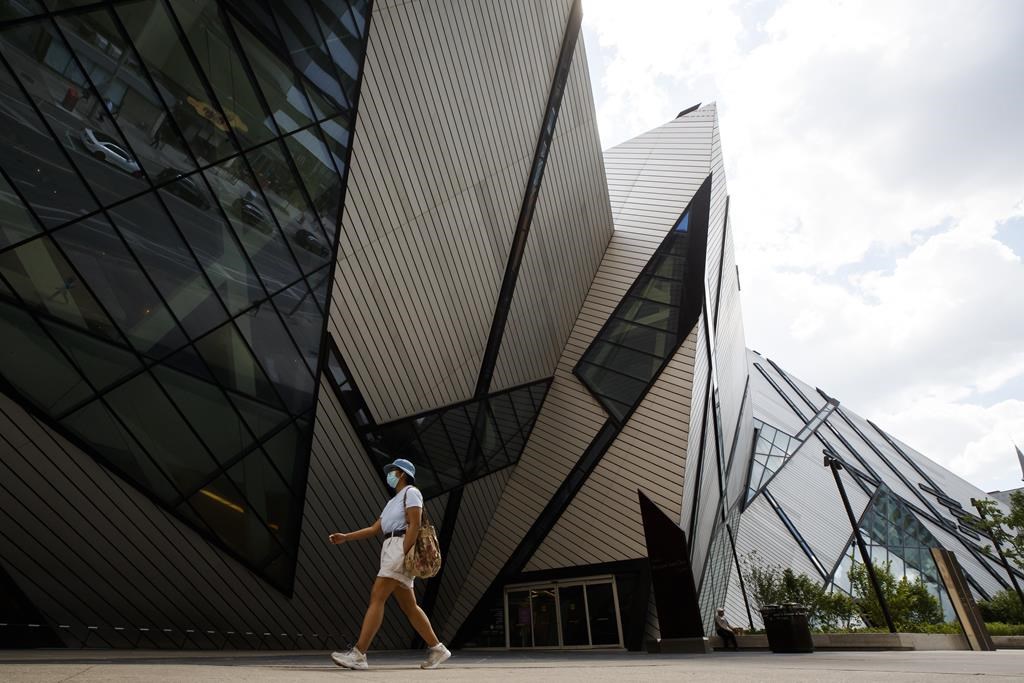‘We are fixing the problem:’ Chow urges residents to take King streetcar

Posted December 8, 2023 4:24 pm.
Last Updated December 8, 2023 6:20 pm.
Toronto Mayor Olivia Chow has vowed to make the King Street streetcar a faster way to get around once again.
In an interview with CityNews, Chow said the city is doing everything possible to ease the congestion, causing streetcars to move slower than before the King Street Pilot began.
“My goal is to get the number of people taking the streetcar back to the pre-COVID pandemic, and it’s just as fast as when the pilot [first started],” said Chow.
CityNews recently learned that eastbound travel times from Bathurst to Jarvis Streets during the evening rush hours averaged 19 to 26 minutes before the pilot program in 2017. The latest times show it is now worse, with an average of 22 to 29 minutes.
The King Street pilot was made permanent in April 2019 after a one-and-a-half-year project that showed it increased daily weekly ridership by 16 per cent, and at the time, it took 16 minutes to travel from Bathurst to Jarvis Streets.
The pilot made it illegal for Toronto drivers to go through intersections, forcing them to only make a right turn.
Chow said they have installed 10 traffic agents along King Street at University Avenue, Bay, Yonge, Church, and Jarvis Streets during rush hour to enforce this and the plan is to add up to 50 more agents.
The city also hopes to reopen Adelaide Street by the end of December, three months earlier than initially anticipated, which Chow said will hopefully alleviate some of the congestion on King Street.
“It was supposed to be faster than driving. It was supposed to be faster than riding a bike, supposed to be faster than walking”
Chow said they’re also hoping to get permission from the province to have cameras installed for automatic traffic enforcement and clearer signs posted on King to explain the rules.
“The problem was the enforcement. The traffic signs were not as clear, and we didn’t have these traffic wardens that are out there directing traffic. And we weren’t ticketing enough,” said Chow. “That’s why we need cameras to catch the drivers that are breaking the rules.”
Chow said these changes won’t happen overnight.
“Because people have gotten into the habit of doing the wrong thing, and it takes a bit of time,” she mentioned. “The congestion is really difficult, but I need more people taking streetcars. The more people taking public transit, the less congestion there will be.”
City staff are also currently working on analyzing the King Street Transit Priority Corridor data set, which is expected to be released by early 2024. It will include information about what occurs when traffic agents are present versus not present.








